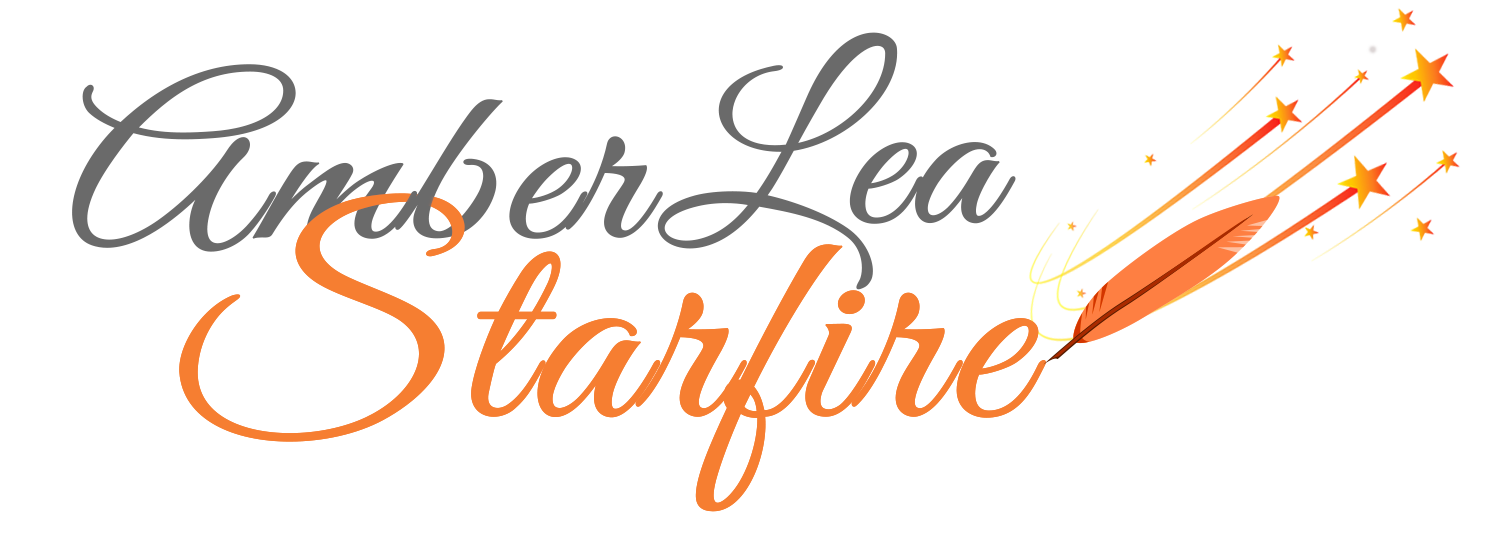WHAT IS STORYTELLING? It is the art of sharing narratives (stories) through, writing or theater, including oral storytelling.
Stories help us interpret and share experiences. They are a universal and timeless form of communication, bridging age, culture, and religion. Everything we know and understand — including our memories — is collected and structured in our brains in story form.
Stories show us how to overcome obstacles, how to triumph and live better lives. Each story has a point to make — an opinion, a worldview, an argument if you will. And through the protagonist’s journey, story attempts to answer questions about what it means to be human.
Powerful stories move us emotionally, reconnect us with our own humanity and, ultimately, change our lives in some way, make us feel deeply. They stir us. And they have the potential to raise our thinking — our consciousness — to new levels.
Many of these powerful stories are delivered to us in the form of movies and TV series, which have the benefit of theatrical storytelling devices, including music, to shift us emotionally in the desired direction.
So what can we writers learn about storytelling from the most successful blockbuster series? What do series like The Handmaid’s Tale, Game of Thrones, Stranger Things, G.L.O.W. (Which stands for Gorgeous Ladies of Wrestling), Patrick Melrose, and Wild Wild Country have in common? They hook and mesmerize us, make us care about the characters and their situations, keep us “turning the page,” so to speak, so that we binge on episode after episode to find out what will happen next, and feel a palpable sense of loss as each series comes to an end.
How do the writers behind these series accomplish this?
They begin with a compelling character, the protagonist, a person we can empathize with in some way so that he or she becomes a stand-in for us throughout the story (our archetypal hero).
Examples of television series protagonists:
In The Handmaid’s Tale, the protagonist (and narrator) is Offred, a woman whose family is ripped from her and who is then forced to become a fertility slave to bear children for infertile couples. Who among us cannot sympathize with someone in her plight? Several themes are at play here: the sanctity of family, love of a mother for her children, the right to personal freedom, and the human tendency to conform.
[bctt tweet=”Every successful story begins and ends with compelling characters.” username=”writingthrulife”]
In Game of Thrones, George R.R. Martin throws so many characters into the mix, it can be difficult to figure out which one is the protagonist. And, indeed, there is more than one character to root for in this series saga. Jon Snow, Tyrian Lannister, and Stansa Stark are three that come to mind. For this sake of this article, let’s look at Stansa Stark.
At the beginning of the story, Stansa is a preteen, the oldest daughter of a great house. And like any sheltered preteen we might know today, she is naive and silly and bratty, her head filled with romantic stories and ideas about what her life will be. But Sansa’s life soon gets upturned when her father is beheaded and her family’s property and home taken away. She becomes, essentially, a prisoner to the Lannisters, increasingly isolated and alone as her family is killed off, one by one. She does what she needs to survive, including doing what she’s told and going along with the ruling family when necessary.
Again, in her story, the themes of loss of family and freedom and survival are all in play. And in spite of her moral weakness and general unlikeability at the beginning — or perhaps because of them — we can feel for her, wonder what we might do in the same circumstances, and root for her as she finds ways to survive all the horrible situations she endures.
Now, let’s take a look at a completely different sort of series — G.L.O.W. — a comedy series about a made-for-television women’s wrestling show. The protagonist, Ruth Wilder, is a struggling actress who joins the show as a last resort. Ruth has issues. Like Stansa, Ruth is not an immediately likable person, but we can relate to her struggle to make it in a career she is passionate about, her fears of failure and poverty.
Unhealed emotional wounds
According to Michael Hauge, a respected story expert who has worked with writers and filmmakers since 1985, “Your hero must have suffered some wound at the beginning of the film — must have already suffered it when the story begins. . . . an unhealed source of continuing pain.”
The wound could have been caused by a traumatic event or from an ongoing situation, such as growing up poor or in an unloving family. The wound causes fear of experiencing the same kind of event or situation again. That deep wound-pain is the central motivation behind the character’s actions and worldview.
In the beginning, our hero has limited or no awareness of the problem. Her coping mechanisms are firmly entrenched and she cannot imagine any other way of dealing with her fears. Her coping mechanisms are not really serving her, but detrimental — she just can’t see it. So a big part of the story’s journey is about raising the consciousness of your hero and of the audience (you).
Then, the show’s writers tap into that character’s universally relatable fear — of death, loneliness, loss, poverty, grief, and so on — by placing the character in challenging situations, which pulls her out of her comfortable world and forces her to act. This challenge is often referred to as the “inciting incident.” The hero reacts — expresses fear or reluctance to change. Her inner resistance to meeting the challenge is strong. And much of the tension and conflict in the story arises in that space between the challenge and the fear of meeting it.
From the beginning
Okay, so you have a character with a deep emotional wound who has been placed in an undesirable position. Your task at the beginning is to infuse your hero on the page with an identity that your readers can resonate with: a basically good person in jeopardy, sympathetic, funny and/or good at what he does. (It can also be a bad person whose challenge is to do something good — but you must give your readers something in your character they can relate to.) From the very first moment, in that first scene, you must include the deeper elements of your character, elements that will get pulled through and made present in some way in every single scene.
And you need to know the answers to four questions about your protagonist:
- What does she want?
- Why does she want it?
- What’s going to happen if she doesn’t get it?
- What are the obstacles standing in her way?
When these four questions are answered well, and when the external obstacles standing in your hero’s way cause the most internal conflict, you have the skeleton of a truly compelling story.
The challenge for the memoirist
If you’re not a fiction writer, you may be asking, “How does all of this relate to memoir?”
In fiction, the writer needs to make up everything about the hero — family history, life history, appearance, personality, quirks, and the traumatic event or events that caused the character’s emotional wound. In memoir, you (or some aspect of you) is the hero. All of these aspects of your character are already known.
The challenge for the memoirist is the challenge of self-knowledge. You must also answer the four questions above for yourself as protagonist of your story. You must understand the deep emotional wounds that drove your decisions and actions throughout.
The memoir-writing journey is, in some ways, about uncovering and revealing these aspects of ourselves as we write. That’s why memoir requires such courage, brutal honesty, and willingness to be transparent and vulnerable.
Of course, there’s a lot more we can learn about storytelling — including plot-making, conflict, and theme — from analyzing blockbuster TV series. But every successful story begins and ends with compelling characters who the audience resonates with, roots for (or against), and voyeuristically experiences transformation alongside.
Whether you’re writing memoir or fiction, these storytelling and principles apply. Use them to give your stories more impact.







great stuff, Amber! Your information will help me in writing my novel and in completing my memoir, especially the part about emotional wounds. I just read the book, The Emotional Wound Thesaurus. The first third of the book, although intense, was compelling and has helped me modify my characters’ behaviors and interactions. Thanks always for your insights and perspectives, Sara
The Emotional Wound Thesaurus is wonderful. Thanks for mentioning. And I’m glad this article will be helpful to you 🙂
I appreciate your sharing this knowledge with all of us, those of us who are attempting to write our memoir. Will continue to view your site for more information. Thanks.
You’re welcome Mary Jean. Thank you for commenting.
Pingback: Issue #31 The Magic Heron Newsletter – What creature teaches us about peace and tranquility? +FREEBIE -